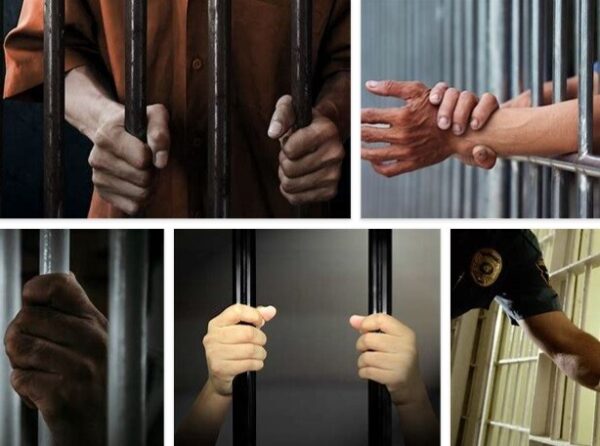Unemployment Benefits After Incarceration *2022
Unemployment Benefits After Incarceration are the topic of this article. If you’re currently in prison, you may be wondering if you qualify for unemployment benefits after incarceration. The answer may surprise you. You must show that you worked for at least two of the past five quarters and paid into the unemployment insurance fund to be eligible. If you haven’t worked since the last time you were employed, you’re not eligible for unemployment benefits after incarceration. However, if your employer fired you because of a criminal charge or conviction, you may still qualify for benefits.
What are the benefits of incarceration?
Unemployment for formerly incarcerated people tends to be highest within the first two years of release. This makes pre and post-release employment services critical for helping incarcerated people integrate back into society. In a recent study, more than 30% of those released in the last two years were unemployed. But unemployment rates among people released within the last two to four years were lowest.
The amount of gate money released to incarcerated individuals varies depending on the state, but generally the sum is inadequate to cover basic living expenses. Federal disability benefits are suspended while an individual is incarcerated. However, dependents may continue to receive SSDI benefits while incarcerated. The former incarcerated person can then request that their benefits be reinstated after release. Also, in some states, people who have been incarcerated are still eligible for stimulus checks, but they do not receive these benefits while they are in jail.
Those in prison may also qualify for other benefits. Federal benefits are suspended after 30 days of incarceration, but a former incarcerated person can apply for reinstatement once he or she is released. While receiving unemployment benefits is challenging, many prisons offer services that help individuals determine whether or not they qualify for the benefits. The federal unemployment rate does not include people in prison. If you are eligible for unemployment benefits, check with your state’s unemployment office to see if you qualify.
Are prisoners counted as unemployed?
The Returning Home study asked prison inmates numerous questions about their participation in the workforce. This study gathered employment history data 30 days prior to release. Prisoners were asked about their employment history before incarceration, which was categorized as either part-time or full-time employment. In addition to answering questions about work experiences before incarceration, prisoners were asked about their earnings. Other questions asked about their employment history in prison, including the type of work they performed, the hours worked per week, and whether they had been unemployed for eight months.
Employment statistics for incarcerated individuals are murky. Some are employed in structured work programs that pay only a nominal wage and don’t participate in a competitive environment. Prisoners’ employment status makes it difficult to accurately gauge the impact of incarceration on economic wellbeing. The current federal unemployment statistics exclude prisoners, which is detrimental to the American economy because it overstates overall unemployment and racial inequalities.
If we wanted to count prisoners as unemployed after incarceration, we’d need to include the 2.3 million people behind bars in the unemployment statistics. Prisoners don’t have consistent access to the outside world. Therefore, it wouldn’t be possible to use these statistics as the only way to determine the unemployment rate of the country. And, since prisoners are not allowed to work, the unemployment rate doesn’t reflect their status as unemployed.
Unemployment for formerly incarcerated people tends to be highest within the first two years of release. This makes pre and post-release employment services critical for helping incarcerated people integrate back into society. In a recent study, more than 30% of those released in the last two years were unemployed. But unemployment rates among people released within the last two to four years were lowest.
Employment statistics for incarcerated individuals are murky. Some are employed in structured work programs that pay only a nominal wage and don't participate in a competitive environment. Prisoners' employment status makes it difficult to accurately gauge the impact of incarceration on economic wellbeing. The current federal unemployment statistics exclude prisoners, which is detrimental to the American economy because it overstates overall unemployment and racial inequalities.






